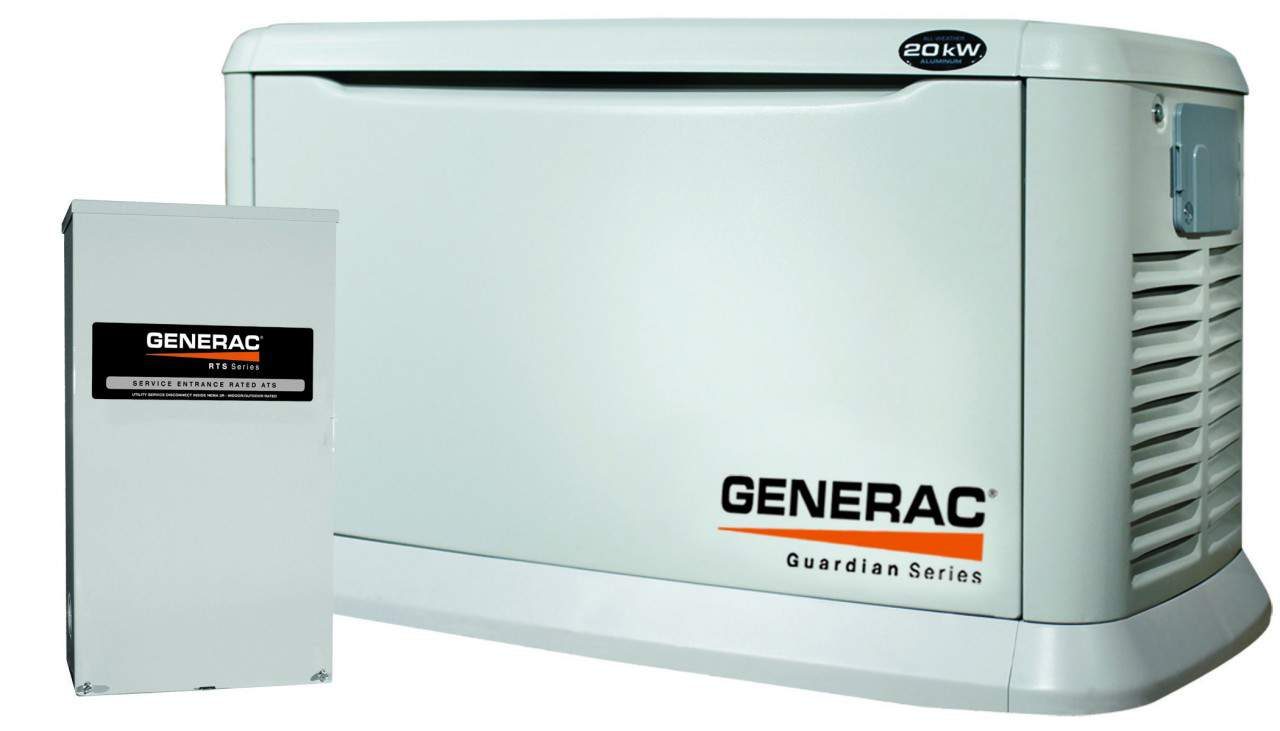Understanding the term Home Standby Generators
Residential use generators supply power to homes when the electric utility supply is lost. Utility power interruptions occur due to weather related events including high winds, ice buildup on wires, wild animal damage, motor vehicle collisions, and damage due to a number of other acts of nature or man. Devices and systems that depend upon electrical energy cannot function within the outage unless a method of getting emergency power is accessible.
Permanent Installation
Standby generators are invariably ready to operate, around the clock, seven days every week. These are permanently wired to the home’s electrical system with an automatic transfer switch, and linked to the home’s natural or LP gas supply pipes. The natural or LP gas hookup ensures the generator has an adequate availability of fuel available and won’t require frequent refueling within the extended outage.
Automatic Transfer Switch
Automatic Transfer Switches work alongside the standby generator’s controller. Following the generator starts and is able to accept the electrical load, the automatic transfer switch disconnects the electrical system from the utility supply and connects it to the home standby generator. The transfer of power from one supply source to another is automatic and controlled by electronic switches in the transfer switch. If the electric utility restores power, the transfer switch reconnects the utility supply and disconnects the generator.
Automatic transfer switches are generally manufactured by the generator’s manufacturer to meet the requirements of the particular standby unit, given that they work directly using the standby generator’s controller. In addition they provide different choices, including power management, depending on the needs from the consumer.
Some transfer switches install between the utility meter and also the main service panel to produce power to the whole panel. Others install as a subpanel of the main service panel and just supply selected critical circuits, like pumps, refrigerators, furnaces, and medical equipment.
Operation
Standby generators are automatic, permanently installed equipment that do not require frequent refueling with liquid fuels. They operate without operator intervention, aside from regular, scheduled maintenance. Unlike portable models which must be connected and started when power is required, the standby home generator operates in a completely automatic mode, even if the homeowner isn’t present.
Standby power means the generator is able to operate always. When an outage occurs, the generator starts from a short delay, then the transfer switch moves the home onto emergency backup power. It occurs quickly and without intervention, but you can still find a short time when the home is without electrical energy. Some electronic equipment may need an uninterrupted supply that operates off battery power before the standby generator can start and connect towards the home’s electrical system.
Installation
Installation requires building permits and the expertise of a professional electrician to setup the transfer switch to make the required electrical connections, plus a plumber for connecting the generator for the home’s gas supply. Inspections with the prepared gravel bed or concrete slab are usually required before installation, along with the finished work after installation. Adherence to National Electrical Codes, Plumbing Codes, National Fire Protection Association Codes, and native ordinances is needed.
The location chosen for installation must ensure that exhaust gases won’t enter the home and the use of CO detectors is additionally required.
Home standby generators add when electric utility power becomes unavailable to guarantee the safety of homes, property, and families.
To find out more, go to: www.NPSGenerac.com
